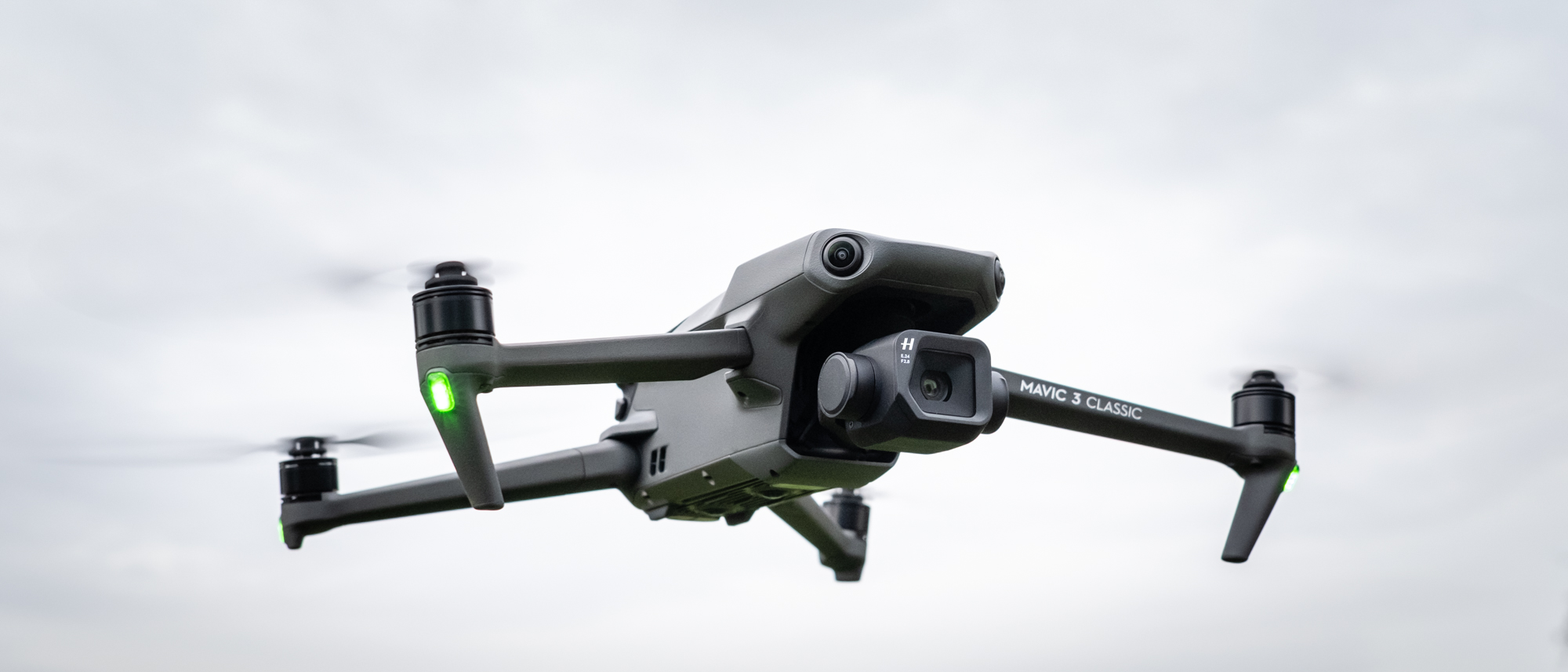TechRadar Verdict
The DJI Mavic 3 Classic does away with the telephoto camera found on the original Mavic 3 models to deliver a more cost-effective option while again delivering excellent image quality. The Classic is expensive at $1,599 / £1,399 / AU$2,399 for the standard controller kit, with the Fly More Kit coming in at $649 / £599 /AU$799, but, like the Mavic 3 and the high-end Mavic 3 Cine, it’s one of the best drones available in its class.
Pros
- +
Less expensive than other Mavic 3 models
- +
Excellent image quality
- +
Impressive safety features
Cons
- -
Remains expensive despite lower cost
- -
Battery life shorter than claimed
- -
No Apple ProRes video capture
Why you can trust TechRadar
Two minute review
It’s not often that DJI appears to backtrack, but after the release of the original Mavic 3 and Mavic 3 Cine models in 2021, DJI has added a new and slightly simpler horse to its stable: the Mavic 3 Classic. With a lower price than the original models, and just the single Hasselblad 20MP 4/3 camera – it doesn’t have the telephoto camera found on its siblings – this model has been designed to be the more accessible option in the Mavic 3 lineup.
The main difference between the original Mavic 3 models and the Classic is that the older models have both the excellent 4/3 main camera and a 162mm telephoto. Features and performance, except for the built-in 1TB SSD of the Cine model and Apple ProRes recording, are otherwise identical.

Sensor: 4/3 CMOS Hasselblad
Photos: 20MP
Video: 4K up to 120 fps
Lens: 24mm
Flight Time: 46 Minutes
Memory cards: SD, SDHC, SDXC, UHS-I/II
Size: 3.8 x 3.6 x 8.7" / 96.3 x 90.3 x 221.0 mm (Folded), 11.1 x 4.2 x 13.7" / 283.0 x 107.7 x 347.5 mm (Unfolded)
Weight: 895 g / 31.5 oz
While the removal of Apple ProRes recording on the Classic may be a deal breaker for some professional videographers, many will find that video capture up to 5.1K in Normal, HLG (hybrid log-gamma high dynamic range) and 10-bit D-Log profiles at 200Mbps are more than adequate. And in terms of stills, the camera can still capture 12-bit raw files, and JPEGs, the quality of which remains excellent overall.
Cameras aside, the Mavic 3 Classic offers all of the flight and safety features of the original models, including APAS 5.0 collision avoidance, ActiveTrack 5.0 for subject tracking, GEO 2.0 geofencing, and Advanced Return to Home and Quickshots automated flight patterns. This is no beginner drone, but with these advanced flight and safety features, absolute beginners and experienced pilots alike can fly the Classic with confidence.
DJI Mavic 3 Classic release date and price
- Released November 2022
- Reduced price compared to original models
- First drone to receive European C1 rating
The DJI Mavic 3 Classic was released worldwide in November 2022 and is the first drone in the world to receive a European C1 certification. In a nutshell, this means that the Mavic 3 models can be flown in the A1 Open Category where no training is required but you have to complete an exam defined by your local aviation authority. You can’t fly over people or crowds and must remain 50m away from people and objects.
This certification will be much welcomed by continental drone pilots, but after the UK’s Civil Aviation Authority controversially announced that it will not recognize European ratings despite participating in their design, UK-based drone pilots are set for a further three years of uncertainty regarding drones of this class.

The Mavic 3 Classic is available in three kits. The DJI Mavic 3 Classic with the DJI RC-N1 controller costs $1,599 / £1,399 / AU$2,399, the DJI Mavic 3 Classic (DJI RC smart controller) costs $1,749 / £1,529 / AU$2,599, and the DJI Mavic 3 Classic (drone Only) costs $1,469 / £1,309 / AU$2,299, and is aimed at individuals who already own a compatible controller.
Sign up for breaking news, reviews, opinion, top tech deals, and more.
The DJI Mavic 3 Fly More Kit, which includes a carry bag, two additional batteries, a three-battery charging hub and other accessories costs $649 / £529 / AU$799, while the DJI Mavic 3 Classic ND Filters Set (ND8/16/32/64), which is essential for video costs $129 / £109 / AU$169. The prices of either controller kit alongside the Fly More Kit offer significant savings compared to the equivalent Mavic 3 and Mavic 3 Cine kits.
DJI Mavic 3 Classic: Design & Controller
- Same design and build as the original models
- No telephoto camera
- Two controller options are available
There’s a new drone in town, but it looks remarkably familiar, and that’s because it’s identical to the Mavic 3 except for the camera setup. Rather than sporting dual cameras, the Classic features only the impressive 20MP 4/3 main camera, with the 162mm hybrid telephoto zoom that complements the 4/3 camera on the original models omitted. It’s certainly not a huge loss, since that camera offers only limited control over settings, so if you can live without it the Mavic 3 Classic is a compelling option.
The Mavic 3 Classic features an identical design and build to the original models, folding down to a smaller size for more convenient transportation. The Classic measures 221 x 96.3 x 90.3mm folded, and 347.5 x 283 x 107.7mm unfolded, and weighs 895g, which is identical to the Mavic 3 (the Cine model with the built-in SSD weighs 899g). All models have an advertised flight time of 46 minutes, which is completely unrealistic, but flight times average around a respectable 30 minutes.
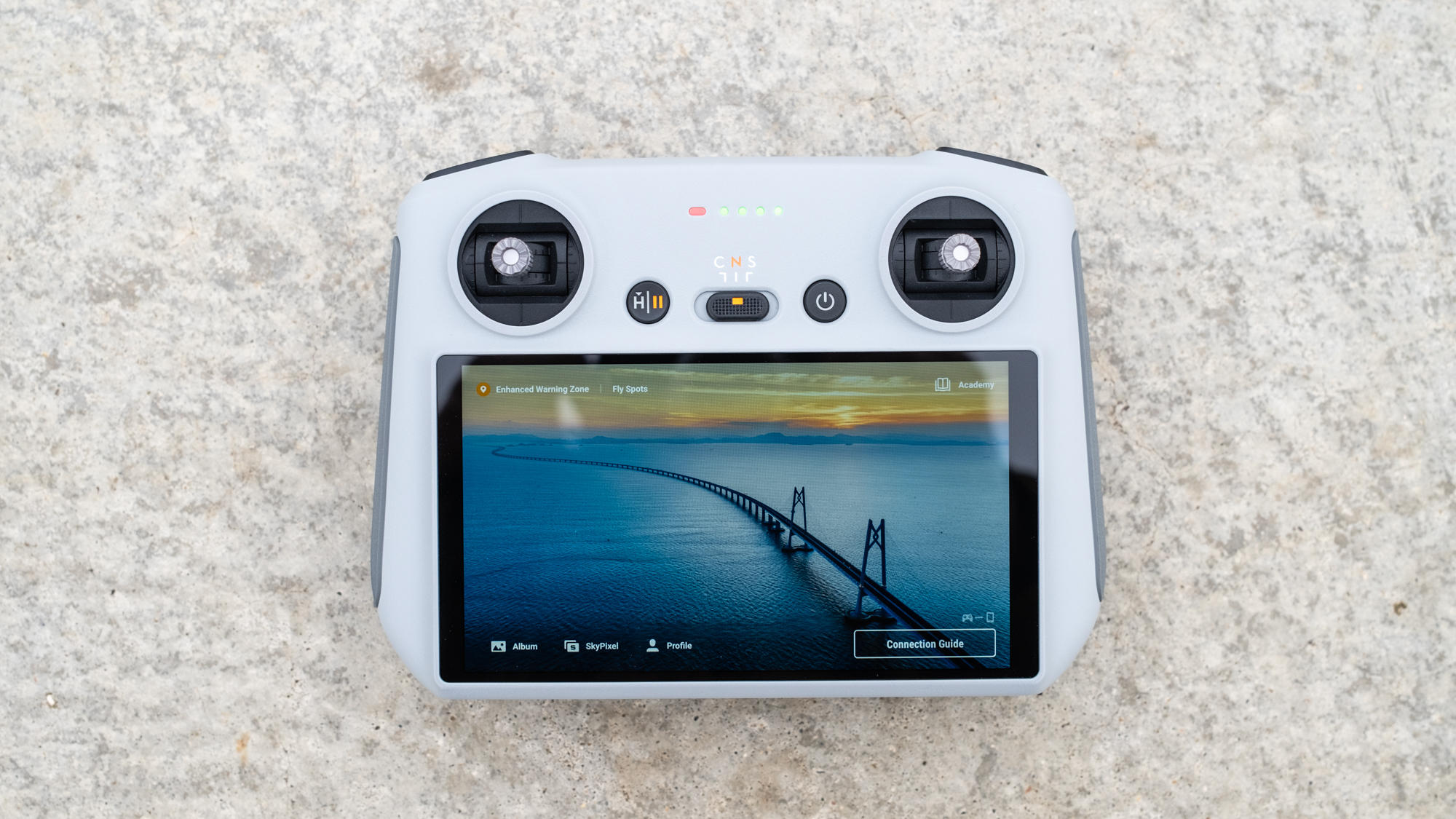
The two main kits available come with different controllers, so you can select the option that best fits your needs and budget – although if you can stretch just a little further, the DJI RC smart controller with a 5.5-inch touchscreen is well worth considering, as it’s not much more expensive than the DJI RC-N1 controller kit. The DJI RC-N1 is the same controller that’s available with the Mavic Mini 3 Pro, Mavic Air 2 and Air 2S, and has no LCD screen, but instead offers a telescopic phone holder at the top of the controller.
DJI Mavic 3 Classic: Features and Performace
- Advanced safety features
- ActiveTrack 5.0 subject tracking
- High-Speed QuickTransfer
Like its siblings, the Mavic 3 Classic is incredibly easy to fly. And although it’s aimed at more advanced users alongside professional photographers and videographers, its flight and safety features mean that even absolute beginners will be able to fly the Mavic 3 Classic with confidence. GPS positioning is via connection to GPS, GLONASS, and BeiDou satellites, and in low wind conditions it’s possible to shoot exposures of several seconds thanks to precise hovering, enabled by the Mavic 3 Classic’s hardware and software in conjunction with those three GPS systems.
The drone also has a wind-speed resistance of just under 27mph, and during testing in conditions with wind gusts around this speed we found that the Classic was able to comfortably fly against the wind in Normal mode and capture smooth video footage. It’s not ideal to fly in winds this strong, but the ability to do so can be extremely useful when you’re flying in the countryside, well away from people and structures and the like.
Three flight modes offer different speeds and functionality, with Sport mode offering a top speed of 47mph. In this mode, collision avoidance disabled, so it’s not a suitable mode for flying in more complex environments. For such environments, Normal mode is slower, but still offers a high degree of agility and works alongside collision avoidance, as does Cine mode, which offers the slowest flight speed, and reduced control sensitivity for capturing cinematic video footage.

Collision avoidance uses the Advanced Pilot Assistance System (APAS) 5.0, which analyses data from six fisheye sensors and two wide-angle sensors to detect obstacles in all directions. When collision avoidance is turned on, the drone can be set to brake, or to bypass obstacles when they’re detected to maintain continuous flight. With the bypass setting, there are two modes: Normal and Nifty. The Nifty option is designed to provide smoother flight when obstacles are detected, but this comes at a greater risk of crashing than the Normal mode; in testing, Nifty mode performed well flying the drone along a woodland track.
Other safety features include Advanced Return to Home, which scans up to 200m in all directions to determine the safest and most efficient route back to the take-off point. AirSense ADS-B receivers provide notification of nearby planes and helicopters so that you can adjust the flight path if necessary, while the GEO 2.0 geofencing system delivers useful information about restricted airspace and potential hazards.
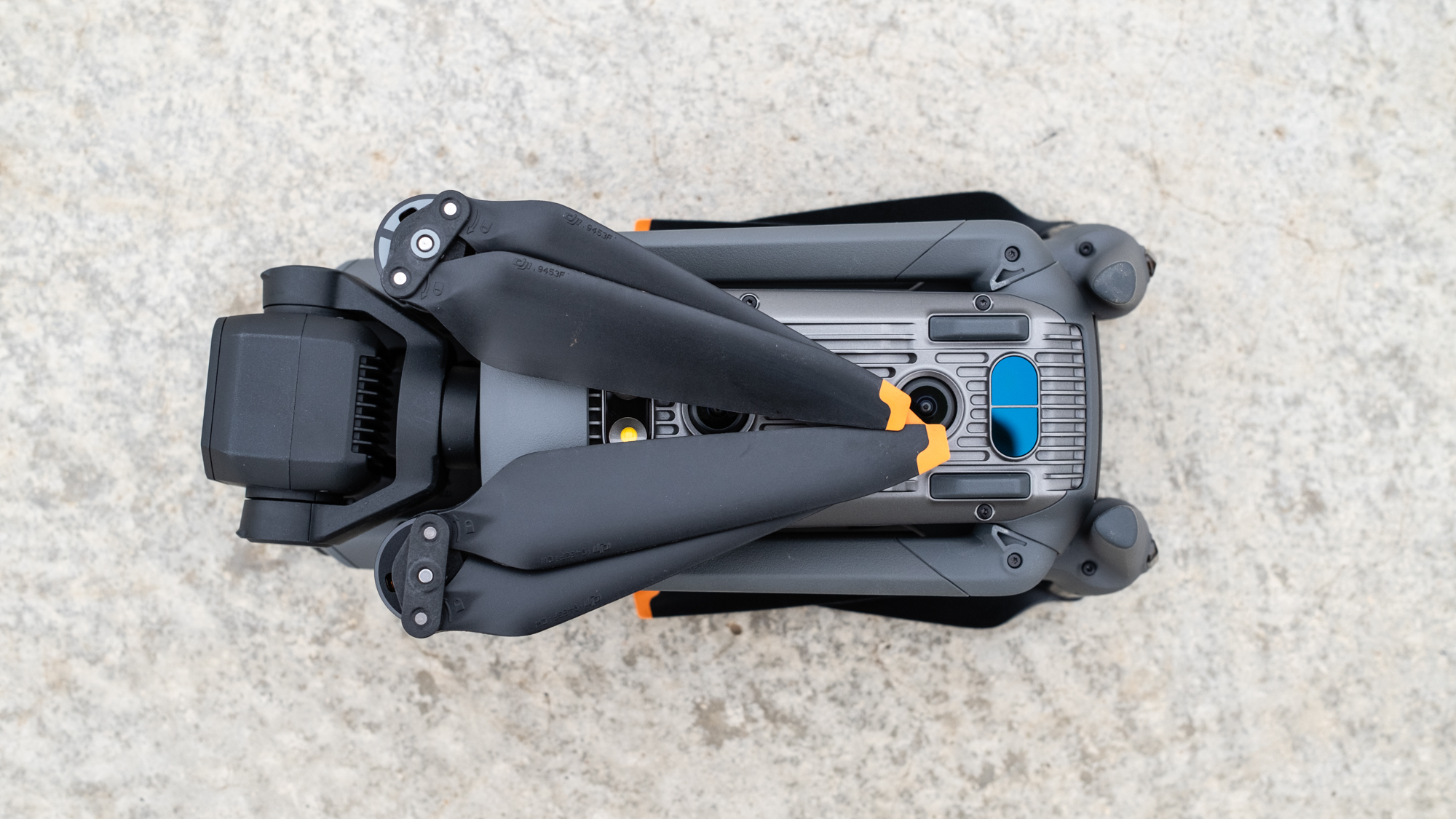
The ActiveTrack 5.0 subject-tracking system uses omnidirectional obstacle sensors to improve subject tracking compared to older versions when using subject-tracking modes. For capturing professional-looking video easily, the Quickshots feature provides camera movements including Rocket, Circle, Dronie and Helix. There’s also a new cruise control feature that’s designed to provide smooth flight in any direction without you having to hold the control sticks in position.
Another new feature is High-Speed QuickTransfer, which enables you to transfer photos and videos to your mobile phone for editing and/or sharing. This is delivered over Wi-Fi 6 at speeds of up to 80MB/s, so large files can be handled with ease, which is useful for instantly sharing files to social media and clients; it certainly doesn’t negate the need for a computer, but it’s a welcome feature nonetheless.
DJI Mavic 3 Classic: image and video quality
- Hasselblad 20MP 4/3 camera
- Adjustable aperture
- Up to 5.1K video
The Hasselblad 20MP Four Thirds camera provides excellent image quality for both photos and videos – it’s the best camera currently available on a folding drone, as well as housing the largest image sensor. The camera has a 24mm equivalent lens with an adjustable f/2.8-f/11 aperture. This produces images that are sharpest in the centre, with a small amount of fall-off towards the edges in photos; video footage doesn’t suffer from this fall-off, which is likely due to less of the sensor and the lens edges being used when shooting in a 16:9 or 17:9 format.
Thanks to the larger sensor, ISO handling is impressive across the full ISO 100-6400 range, with images usable even at higher sensitivities. Noise does become noticeable at ISO 800, and for photos ISO 1600 is as high as you’d ideally want to shoot at to maintain optimal image quality. Photos can be captured in 12-bit raw and JPEG, and with the sensor’s ability to provide 12.8 stops of dynamic range, raw files especially can capture a large amount of image data, enabling you to recover shadow detail in post if needed.
DJI Mavic 3 Classic: Image samples
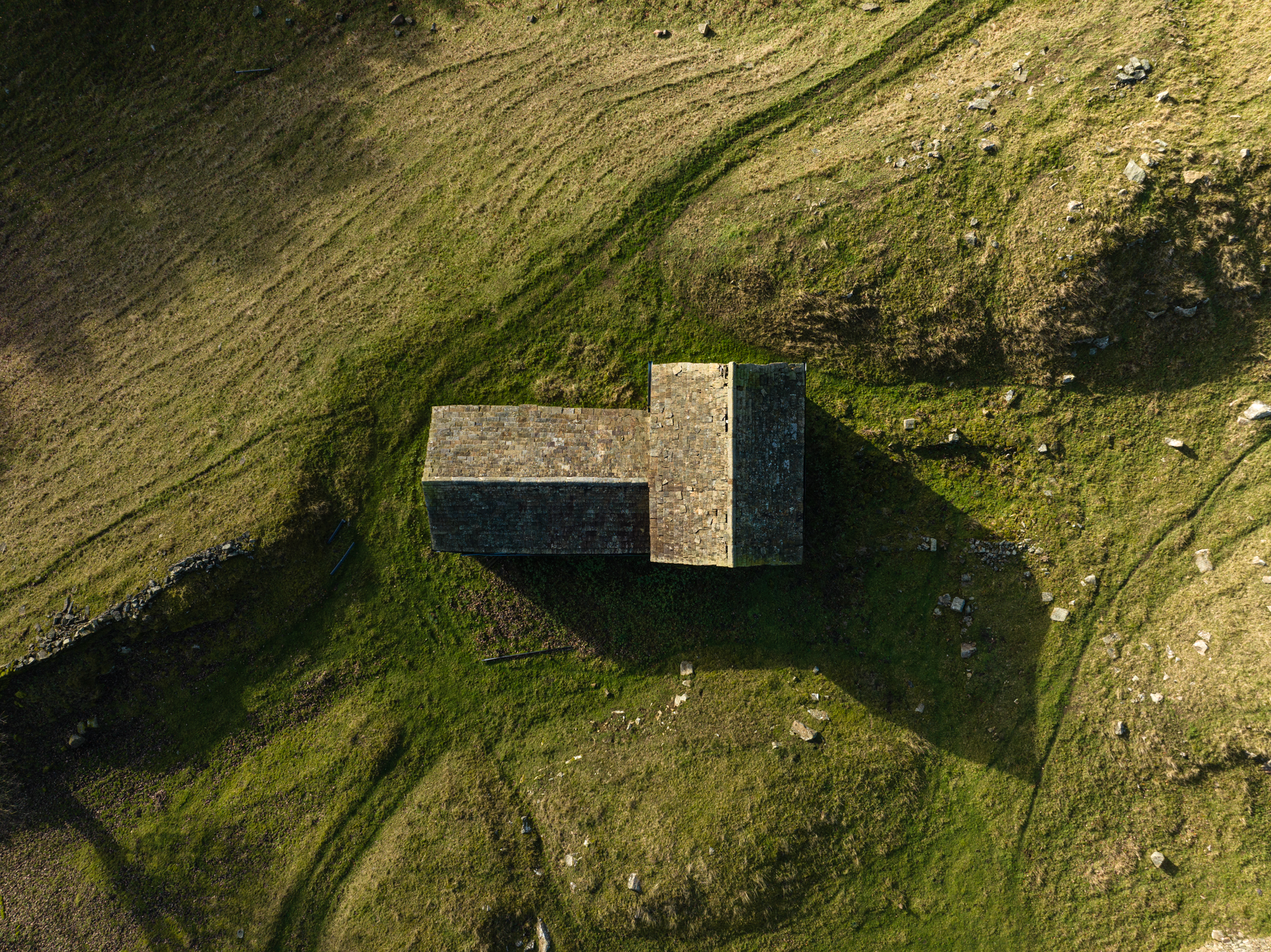
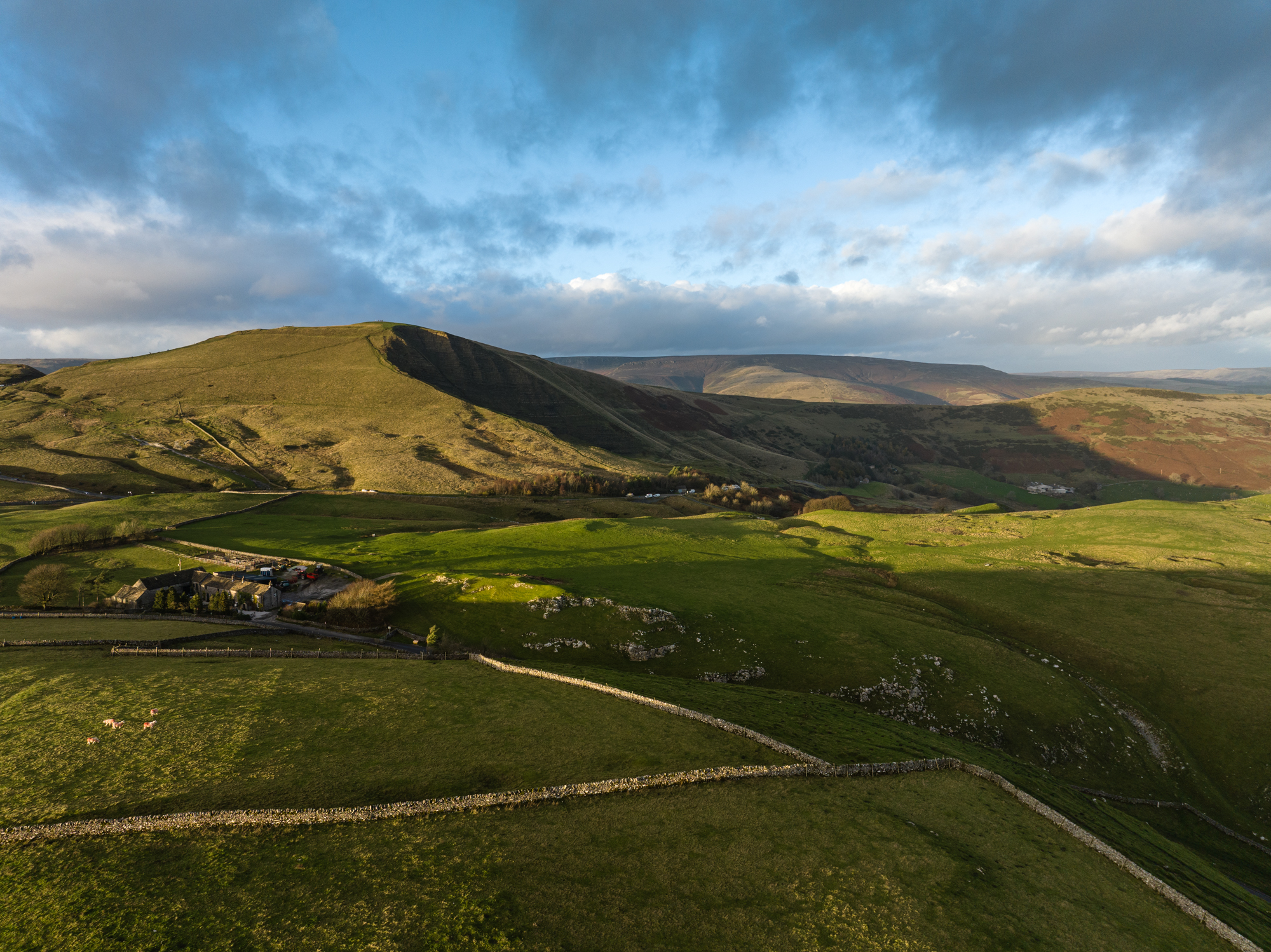
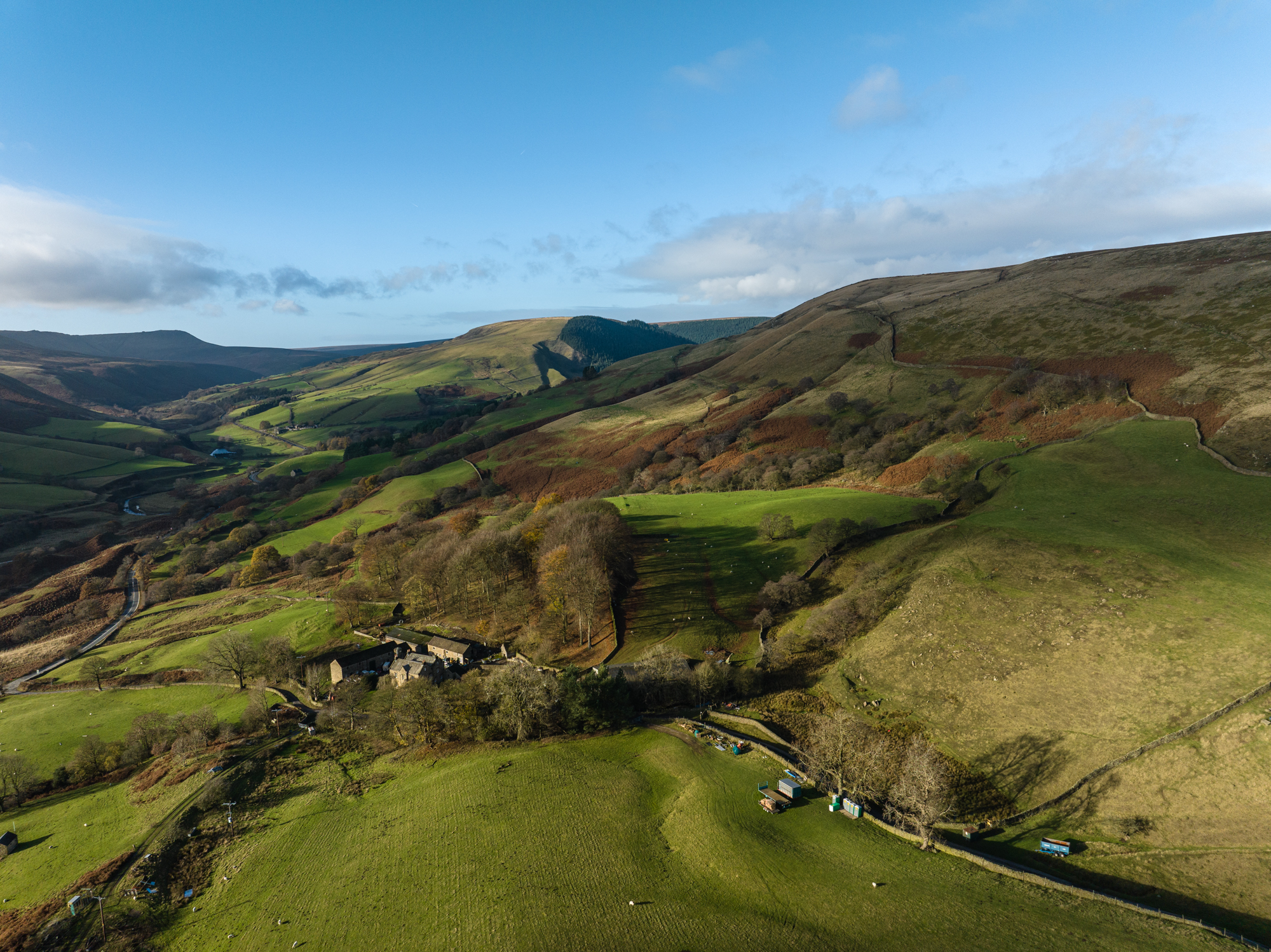
The main difference in camera functionality between the Classic and its Mavic 3 siblings, aside from the omission of the telephoto lens, is the loss of Apple ProRes video capture. This is a shame, since it’s a software rather than hardware decision, but given the reduced cost of this drone it’s inevitable that some features haven’t been included. Video capture remains broad, with options to shoot at 5.1K up to 50fps, DCI 4K (4096 x 2160) 17:9 cinematic 4K at up to 120fps, 4K at up to 120fps and FHD up to 200fps.
Video can also be captured in H.264 and H.265 codecs at 200Mbps in Normal, HLG (hybrid log-gamma high dynamic range) and 10-bit D-Log profiles. The Normal profile produces usable results straight out of camera, while HLG produces footage with wider dynamic range – it’s essentially HDR, while D-Log is a flat profile used for color grading in professional workflows.
DJI Mavic 3 Classic: Video samples
Should I buy the DJI Mavic 3 Classic?

Buy it if....
You need a high-quality foldable drone
The DJI Mavic 3 Classic is one of the best drones available in its class, so if you require the best image quality in a foldable drone, the Mavic 3 Classic is a fantastic option – the Hasselblad 20MP 4/3 camera is the best camera you can get on any folding drone.
The original Mavic 3 models are too expensive
The first two Mavic 3 models are amazing drones with dual cameras. But if you only need the 4/3 camera and can’t justify the cost of the original models, you can make a significant saving by opting for the Classic.
You want the best safety features
All three Mavic 3 models offer excellent safety features including collision avoidance, precise GPS positioning, and Advanced Return to Home, alongside ease of use. It’s not a beginner drone, but beginners will have no problems using the Mavic 3 Classic.
Don't buy it if....
You’re on a budget
The Mavic 3 Classic is less expensive than the original models, but it’s still an expensive drone when you consider that the majority of people will also need to buy the Fly More Kit to take advantage of two extra batteries, a carry bag and other useful accessories.
You need a small and lightweight drone
The Mavic 3 Classic is a relatively small and lightweight drone, but it’s much larger and heavier than the DJI Mavic Mini 3 Pro. The latter produces excellent photos and videos, and is much more portable at just 249g compared to the 895g of the Classic.
You need a telephoto camera
The Mavic 3 Classic has been made less expensive by the omission of the 162mm hybrid telephoto zoom found on the Mavic 3 and Mavic 3 Cine. If this is a camera that you’ll need, the original Mavic 3 models remain the best option for you.
How I tested the DJI Mavic 3 Classic
The DJI Mavic 3 Classic was tested over several days of flying in a range of locations, environments and weather conditions (excluding rain) to test flight performance, flight features, overall handling and image quality for both photo and video capture. All testing is conducted in a way that meets local aviation laws and restrictions to ensure that all flights are safe and legal.
Drones are always tested using manual flight patterns for video that are typical of professional aerial video to capture visually interesting footage. This also provides the opportunity to test variables such as the connection between the drone and controller, latency between the two and the accuracy of the controls and flight accuracy in general.
With nearly 30 years of photographic experience and 15 years working as a photography journalist, I’ve been covering drones in terms of shooting and editing techniques, alongside writing drone reviews for a number of years. As well as flying most consumer and prosumer models, I’ve previously held a PfCO (Permission for Commercial Operations) issued by the Civil Aviation Authority in the UK, and now fly under an A2 CofC (A2 Certificate of Competency).
First reviewed February 2023

James Abbott is a professional photographer and freelance photography journalist. He contributes articles about photography, cameras and drones to a wide range of magazines and websites where he applies a wealth of experience to testing the latest photographic tech. James is also the author of ‘The Digital Darkroom: The Definitive Guide to Photo Editing’.
